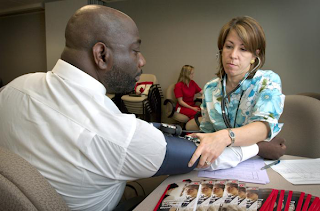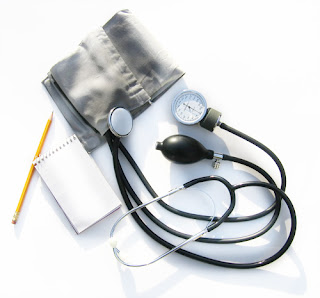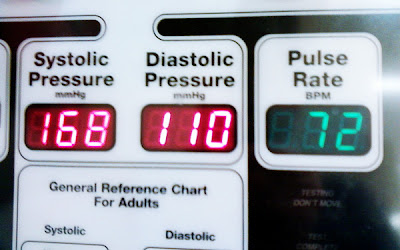Why screening tests are important
Screening tests helps to identify people with increased risk for a health disorder before they have symptoms or even realize they may be at risk. These laboratory tests are important because finding out early that you have or at risk to contract certain condition means you can take preventive measures.
Because a good screening test detects a disease in the earliest stages, it's most beneficial when you are tested for diseases that are both serious and treatable. A good screening must be able to correctly identify individuals who actually have a given disease, meaning that test is sensitive.
A positive screening test result often requires follow-up testing with a more specific test. This is to avoid 'false positive' in which a person without the given disease came out with a positive result.
"Screening tests are most beneficial to detect serious but treatable diseases."
Every year the U.S. Preventive Services Task Force (USPSTF) publish a guidelines that contains recommendations pertaining to whom and when should these screening tests be performed. Below are a few examples:
 |
| hypertension screening begins at 18 years old |
- Screening for high blood pressure in adults aged 18 and older.
- Both men aged 35 and older and women aged 45 and older who are not at increased risk for coronary heart disease are to be screened for lipid disorder.
- If they are at increased risk for coronary heart disease, screening for lipid disorder should start early at age 20 to 35 for men and age 20 to 45 for women
- Screening mammography for breast cancer detection in women aged 50 to 74 years, to be repeated every two years.
- Screening for colorectal cancer using fecal occult blood testing, sigmoidoscopy, or colonoscopy in adults begins at age 50 and continuing until age 75.
- Women aged 65 and older to be screened routinely for osteoporosis. In women who are at increased risk screening begin at age 60.
- Screening for type 2 diabetes in otherwise healthy adult with sustained blood pressure (either treated or untreated) greater than 135/80 mm Hg.







